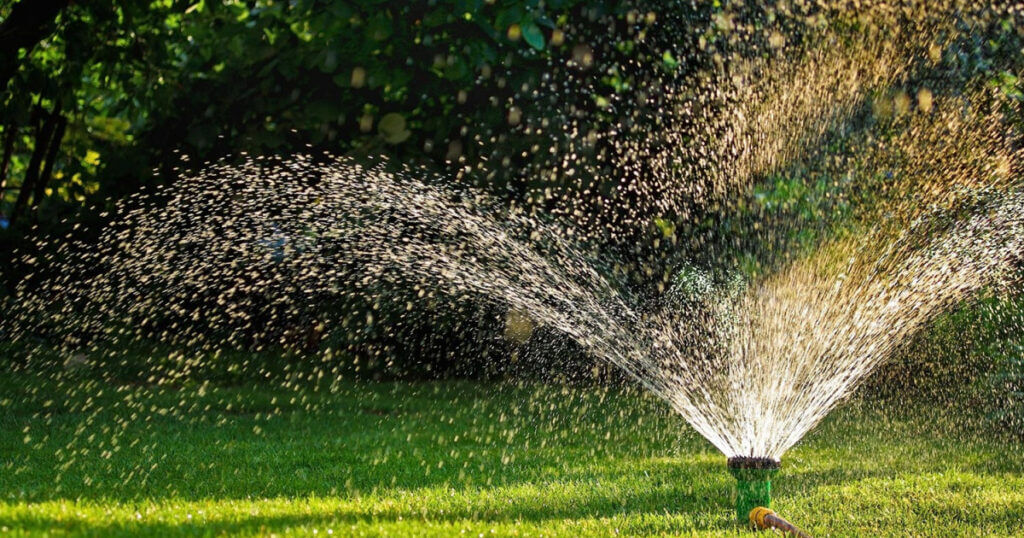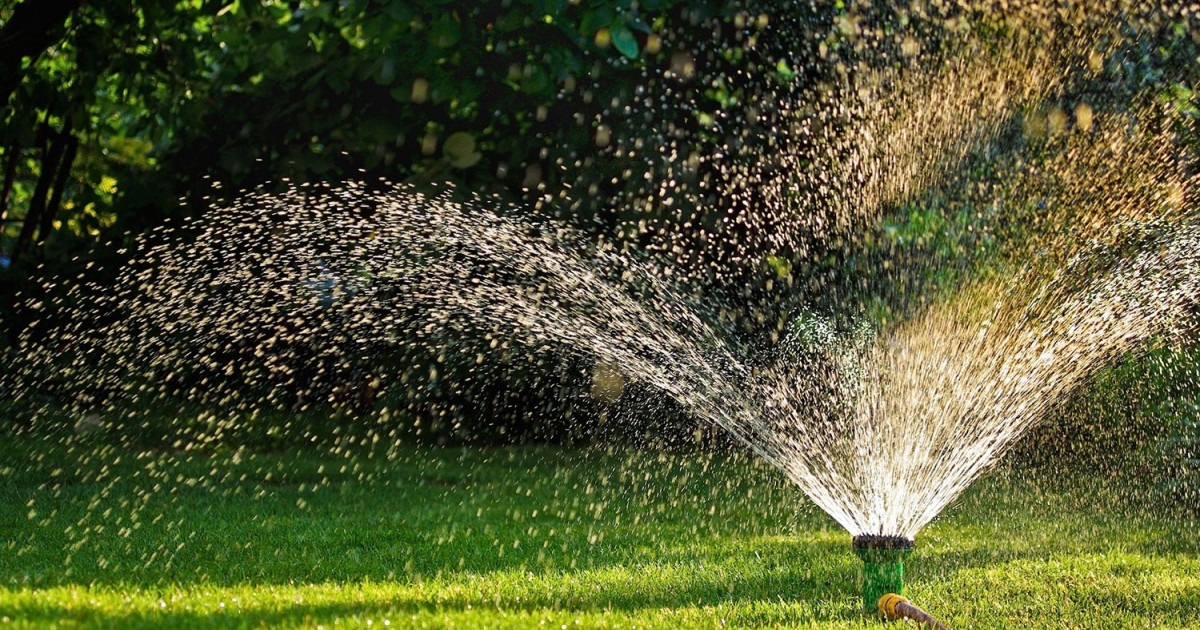The Dos & Don’ts of Watering
With all of this hot weather we get here on the Gulf Coast, you might think we need to water our lawns every day to prevent them from burning or dying. To the contrary, you may actually hurt your grass in the long run by doing so. The best way to irrigate an established lawn is on an as-needed basis.
How to Tell When Your lawn Needs Watering
As moisture begins to be depleted in the soil, grass blades will begin to show signs of wilting, such as the blades folding, turning bluish-green, and not recovering from foot traffic. If 30%–50% of your lawn shows signs of SLIGHT wilting, it is time to irrigate with approximately one inch of water. The turf should not be watered until it again shows signs of wilting. The best way to water your lawn is to mimic the natural environment. Think about a normal rain shower: it rains hard for a short while and then stops. A few days later, the same thing will probably happen again. Keep this in mind when determining how much water to use on your lawn.

This irrigation schedule works for any soil type. Proper watering practices will help maintain a lawn that requires less mowing and has little thatch buildup. Proper watering will also help develop a deep root system and foster plants that are less susceptible to damage by pests and environmental stresses. To explain, when a plant becomes “thirsty” the roots go on a mission to look for more water. This causes the plant to dig a little deeper, which in turn, helps the plant to become stronger when it does get the water it needs.
A deep root system will help prevent hard damage to the grass in the winter, whereas watering your lawn every day creates a shallow root system which, in turn, will cause the lawn great distress in the winter and make it harder for the grass to return from dormancy.

